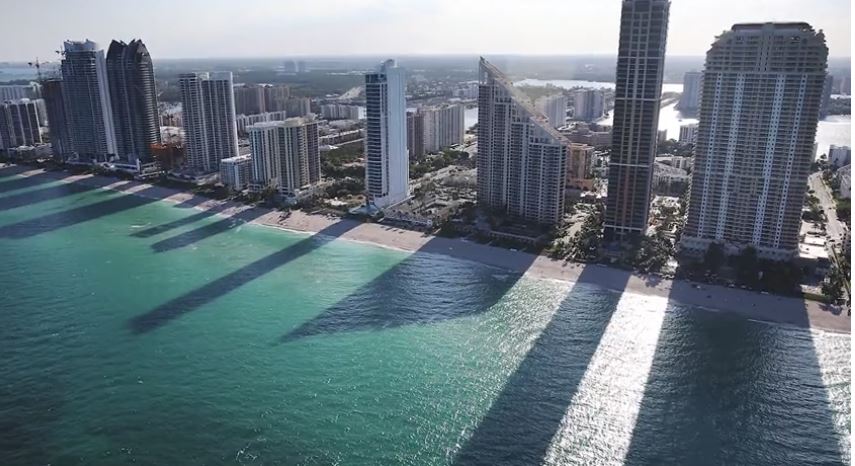(NewsNation) — Dozens of luxury condominiums along the Florida coast have sunk up to three inches in recent years, but experts do not believe there is reason for panic among property owners, according to a new study.
A study conducted by University of Miami researchers found that about 35 buildings in South Florida could be sinking for several reasons. The study analyzed about 100 buildings ranging in size from three stories to 18 stories that are home to hundreds of residents and property owners.
The sinking began in 2016 and continued through 2023 and involved luxury buildings, the majority of which were built in the past 10 years. Experts say that some sinking, also known as subsidence, is normal and can be part of the design of the structure that takes place after the building is constructed.
What are the pros and cons of a high-yield savings account?
Shimon Wdowinski, a geophysics professor at Florida International University, told NewsNation that the main issue that causes subsidence is the weight of the building, which then compacts the soil. Groundwater changes can also impact a building’s ability to sink naturally.
He said what happens on the surface should not cause much of a difference, but what is happening in the soil below. Other experts maintain that nearby construction or demolition projects could be behind the sinking, which should not create a sense of panic.
“In most cases, if the buildings subside as a whole, it shouldn’t be much of a problem,” Wdowinski said.
A new University of Miami study finds that some buildings in South Florida have sunk up to three inches since 2016.
A new University of Miami study shows that condominiums along the Florida coast are sinking.
Gregor Eberli, one of the study’s authors, also agreed that because of the natural nature of the subsidence, residents should not be alarmed. Eberli said that a building’s structural integrity is not damaged by the natural sinking. Like Wdowinski, Eberli said the sub-surface below the buildings is key.
Buildings that are built on sites where limestone is present likely won’t see the same level of subsidence as those built where more sand is present. He said as more weight is added, the more the sand begins to compress, which causes the subsidence. The University of Miami study showed that more buildings along the northern part of the Florida coastline were affected than those built to the south.
Regardless, size matters.
“The bigger they are, the heavier they are, the more it will compress,” Eberli told NewsNation, adding, “But the structure itself is fine.”
Although natural subsidence is normal, Eberli said if the sinking begins to take place unevenly, that may be reason for concern. Eberli said that subsidence takes place everywhere, including with the Leaning Tower of Pisa, where structures may tilt but it does not fall over.
He said that other examples of recent subsidence affecting buildings have taken place in New Orleans, Mexico and parts of Europe.
Still, the activity in Florida in recent years should give guidance to those who are behind luxury building projects.
“Really, what I think the big message that it sends to the construction companies and the people who built these big buildings is that they have to look carefully at the sub-surface,” Eblerli told NewsNation. “Maybe do more of an extensive underground study before they put the (buildings) up.”
